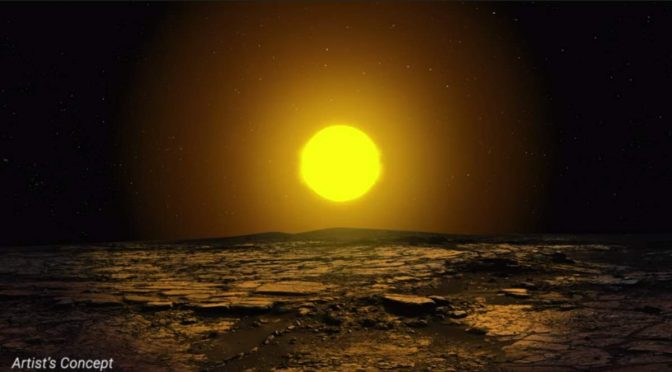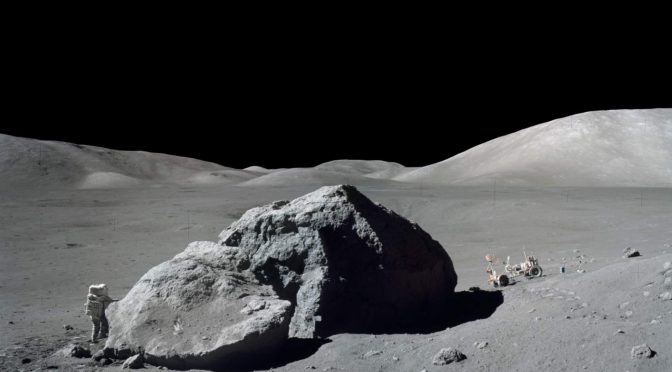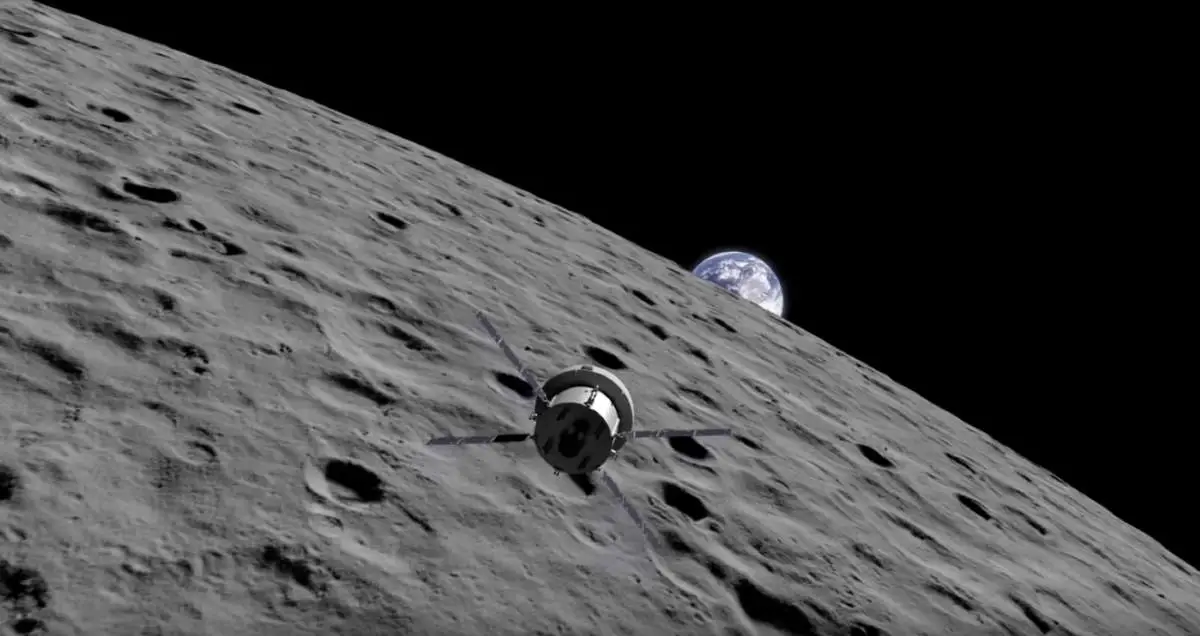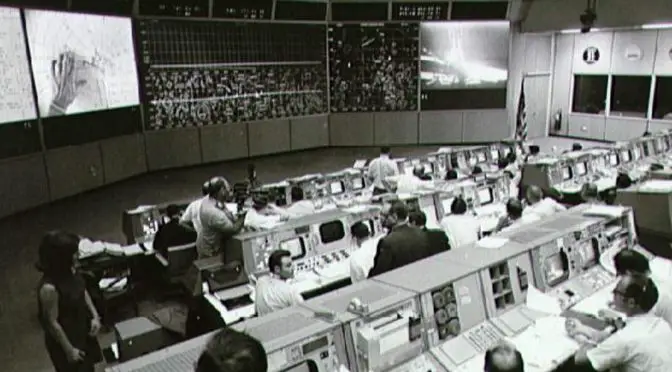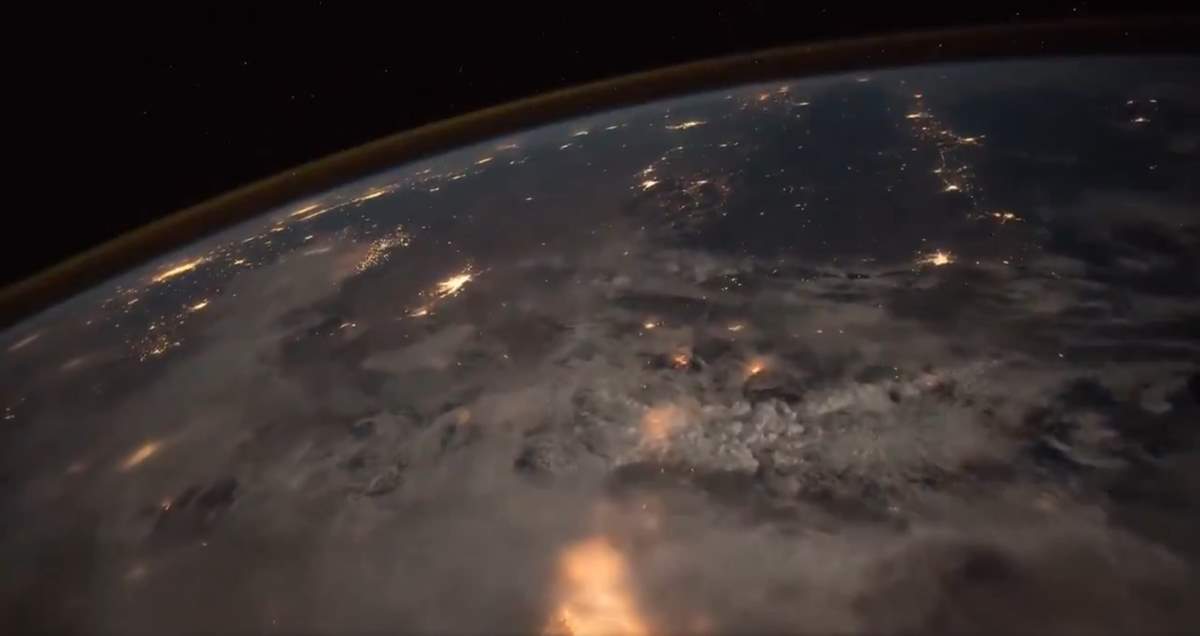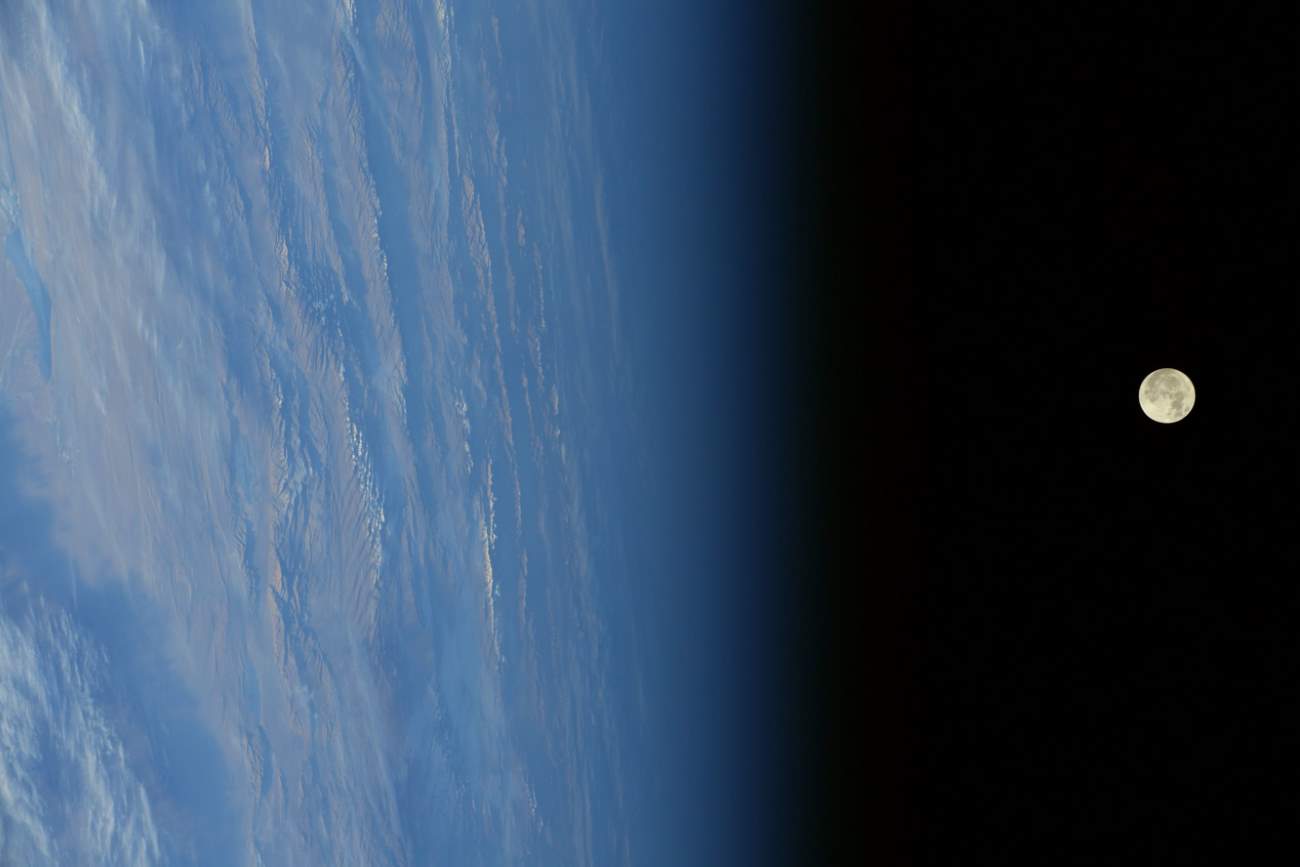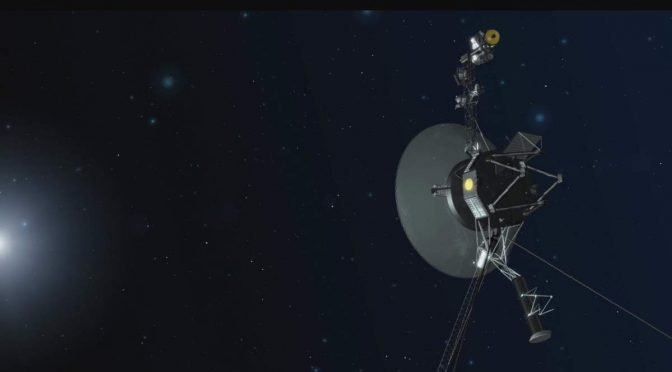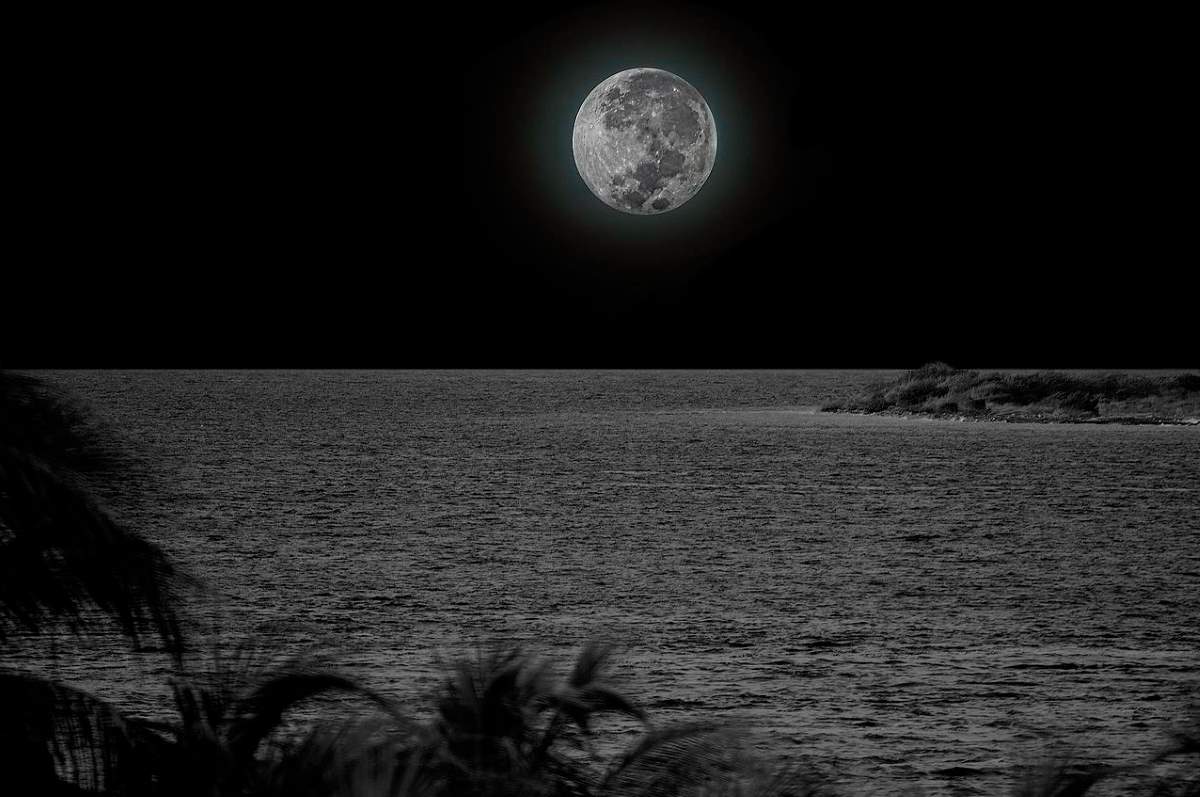In December 2014, an underwater volcano has made a new island with a 120-meter (400-foot) summit in the South Pacific, between two older islands (Hunga Tonga and Hunga Ha’apai) in the kingdom of Tonga. NASA satellites captured the amazing process.
On December 19, 2014, Hunga Tonga-Hunga Ha’apai, a volcano located about 30 kilometers (19 miles) south-southeast of Fonuafo’ou (also known as Falcon Island) in the kingdom of Tonga began erupting. The nearby tourists filmed the huge explosion.
The eruption continued into 2015. On January 11, 2015, a tall ash cloud rose 9 kilometers (30,000 feet) into the sky, causing a number of other flights between New Zealand and Tonga to be canceled. By January 16, when the plume cleared and the ash settled, a new island had been formed by the explosion. The new island is also called Hunga Tonga-Hunga Ha’apai.
Continue reading “An Island Forming in Tonga [Amazing Time-lapse]”
